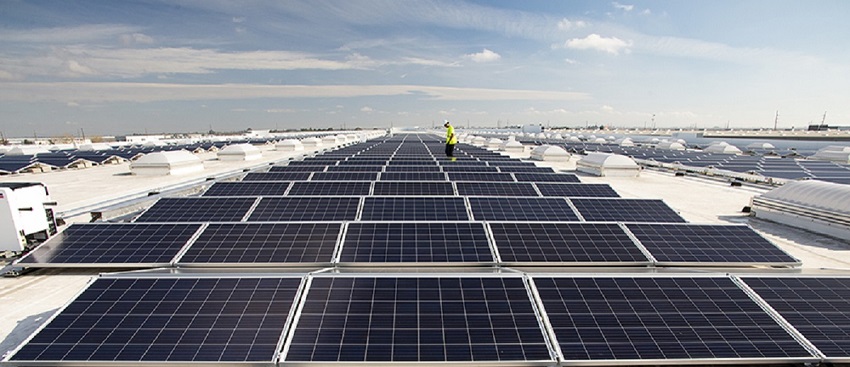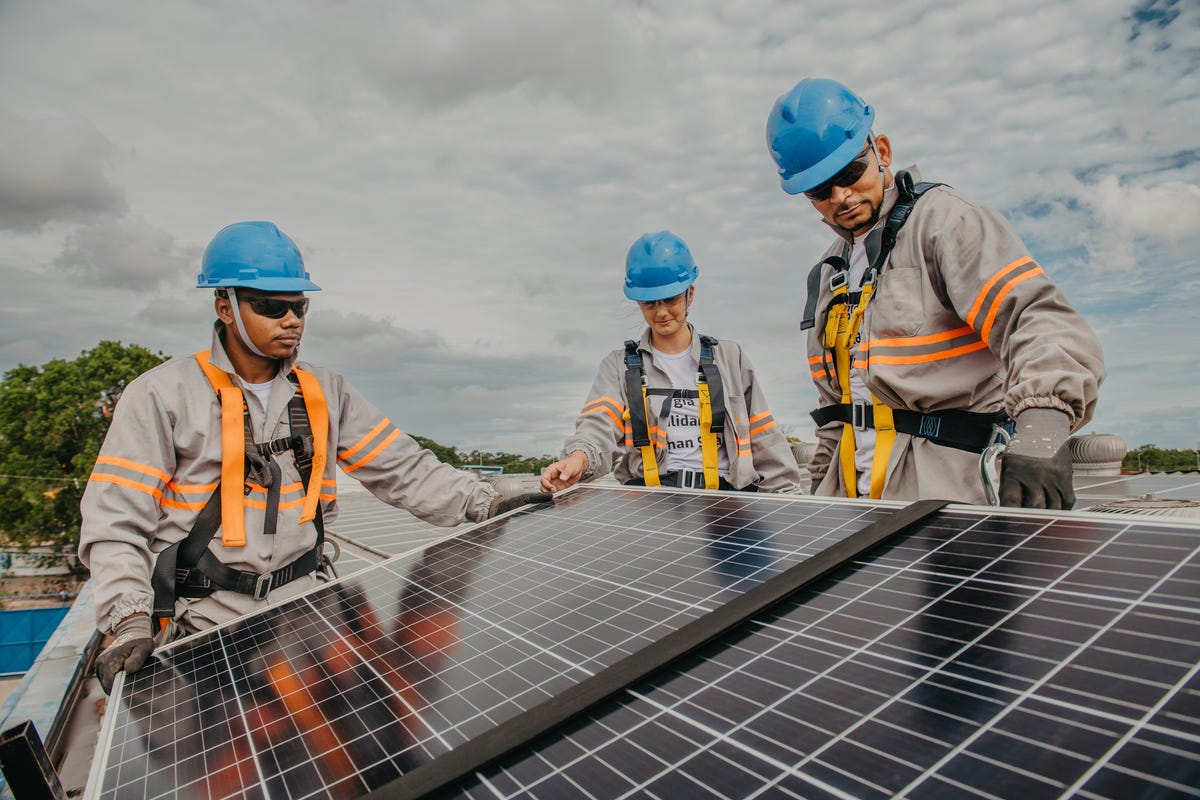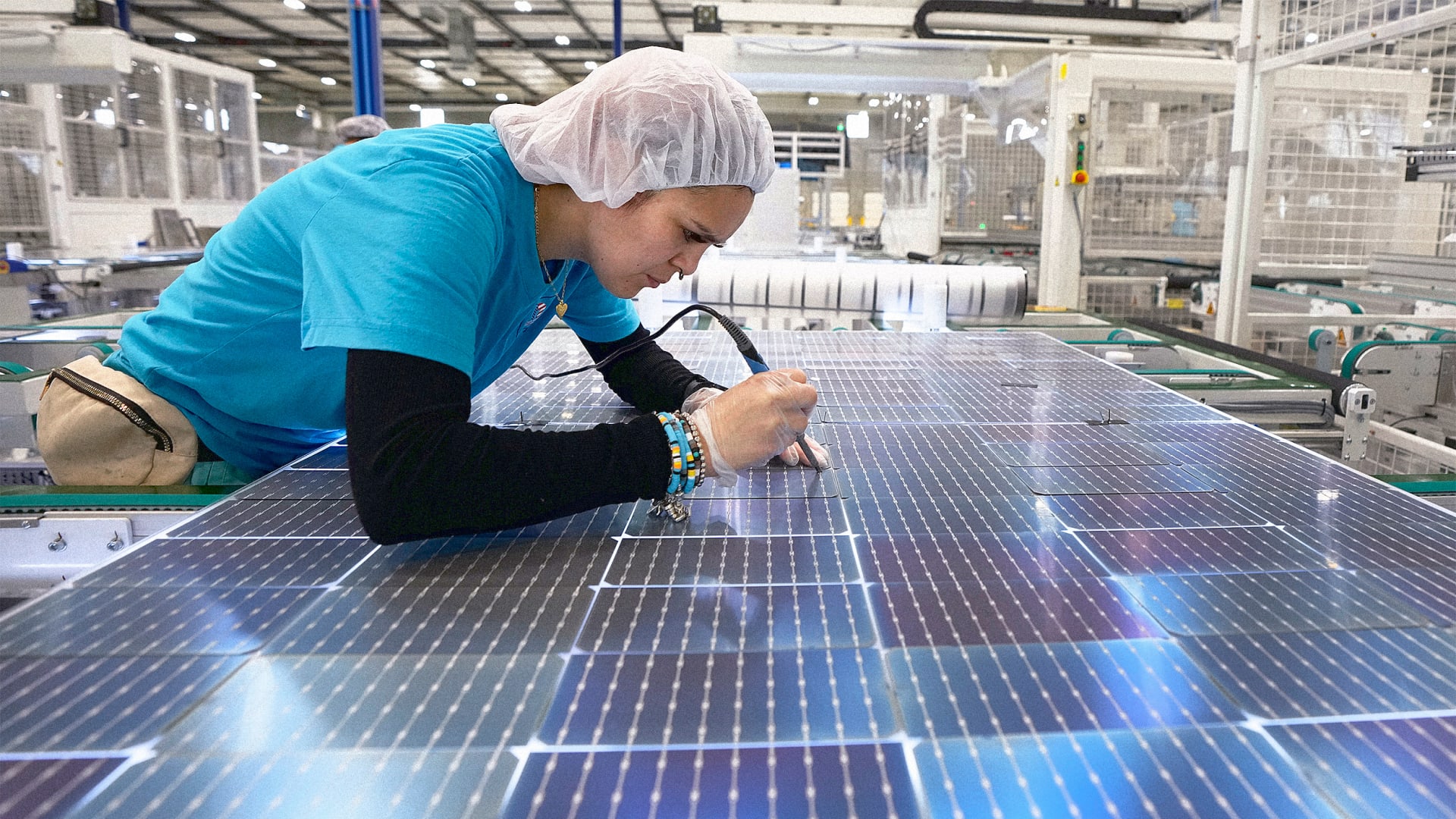Solar Panel Installation Pennsylvania for Beginners
Solar Panel Installation Pennsylvania for Beginners
Blog Article
Solar Power Systems Pennsylvania: Our Firm Concentrates On The Installation And Management Of Photovoltaic Energy Systems
History and Development of Photovoltaic Panel Companies
The beginning of photovoltaic panel business can be traced back to the 1800s when Alexandre Edmond Becquerel discovered the photovoltaic effect. Would he have imagined how his discovery would change the way we harness energy?
Early Beginnings

In 1954, Bell Labs developed the very first useful photovoltaic cell. This marked a considerable turning point in the history of solar energy. They were initially used to power area satellites, however who knew this was simply the beginning?
Advancement and Growth
- In the 1970s, an energy crisis caused increased interest in renewable energy sources, consisting of solar power.
- By the 1990s, advancements in technology and increasing ecological awareness led to the development of photovoltaic panel companies globally.
A New Period
As we got in the 21st century, the solar industry experienced a rapid development. The demand for clean and eco-friendly energy brought about a brand-new age in the photovoltaic panel industry.
Interesting Truths
- The world's first solar power station was constructed in 1982 in Hisperia, California.
- By 2019, solar energy had ended up being the world's fastest-growing source of power.
The journey of solar panel companies has been exceptional, hasn't it? The future holds immense potential, with continuous improvements leading the way for a sustainable future. Can we visualize a world powered totally by solar energy?
Moving on
Today, photovoltaic panel business continue to innovate, making every effort for more efficient and economical services. The development of solar energy has come a long way, and yet, the journey has simply begun.
The Core of Photovoltaic Panel Production
Ever question what enters into developing those shiny, sun-loving solar panels? The procedure is as excellent as completion item (Solar Installers Pennsylvania). High-purity silicon, the main active ingredient in photovoltaic panels, goes through numerous improvements to guarantee its effectiveness and resilience
From Sand to Silicon
Crystalline silicon, the backbone of the majority of photovoltaic panels, originates from basic sand. It's a remarkable journey, isn't it? The sand undergoes a high-temperature response with carbon to form silicon. This isn't simply any silicon. The silicon utilized in photovoltaic panels is "solar-grade," with a pureness of 99.9999%. It's this pureness that enables the panels to effectively convert sunlight into power.
Ingot Development
Once the silicon is pure enough, it's time to form ingots. Image a big, cylindrical block of strong silicon. How is this achieved? Through a procedure called Czochralski procedure, where the silicon is melted and then gradually recrystallized. It's a sluggish dance of science, resulting in a strong item that is nearly as pure as the raw silicon itself.
Slicing into Wafers
The ingots are then sliced into wafer-thin pieces, like slicing a loaf of bread. Each slice is a prospective solar battery, waiting to harness the power of the sun. Did you understand that the silicon wafers are only about 200 micrometers thick? That's about half the thickness of a human hair! The process requires accuracy and patience, however the outcome is a set of wafers ready to be turned into solar cells.
Producing Solar Cells
With the wafer all set, it's time for the magic to occur. The silicon wafer is 'doped' with other components like phosphorous and boron to produce an internal electric field. It's this field that allows the conversion of sunlight into electrical power. Complex, isn't it?
Assembly and Quality Assurance
Solar battery resemble puzzle pieces that come together to form a solar panel. The cells are soldered together in a grid-like pattern, then covered with a protective layer of glass. The last step involves extensive quality assurance checks. After all, it's essential that every photovoltaic panel performs at its peak, wouldn't you agree?
Insider Idea
Always remember that even the most optimally made solar panel can lose performance due to dirt and debris build-up. Regular cleansing can considerably improve your panels' performance.
Understanding the Ecological Impact of Solar Panel Companies
Ever considered the environmental footprint of a solar panel business? Green technology, such as solar, has changed our energy landscape, however what about the behind-the-scenes impact?
The Production Process: A Double-Edged Sword
The production procedure for photovoltaic panels demands a significant amount of energy. This process, called 'em bodied energy', can be deemed a form of 'energy debt'. It's a little like obtaining today's sunshine to power tomorrow's energy needs. But fret not, the energy payback time is typically shorter than you 'd think!
- The energy repayment duration for photovoltaic panels is usually 1-4 years.
- After this duration, the energy produced is essentially carbon-free.

Life After Decommission
And what occurs when a photovoltaic panel reaches completion of its life-span? Can it simply be tossed into the garbage? No, that wouldn't be extremely green, now, would it?
A practical option is recycling. While photovoltaic panel recycling is still in its infancy, it holds a world of potential. Recycling not just keeps materials out of garbage dumps however also reduces the need for brand-new basic materials.
Accountable Sourcing: More Than A Buzzword
Where does the silicon come from, you ask? The industry's need for silicon and uncommon minerals can lead to devastating mining practices. Responsible sourcing is for that reason necessary to lower hazardous ecological impacts.
Lowered Carbon Emissions: The Bigger Picture
Let's not forget the larger image: solar energy considerably decreases carbon emissions. As soon as set up, photovoltaic panels generate tidy, renewable energy, offsetting their initial manufacturing footprint.
Simply put, the ecological impact of solar panel business is an intricate issue. Nevertheless, with responsible practices, the guarantee of a cleaner, greener future is well within our grasp.

Financial Performance and Market Share of Photovoltaic Panel Business
Ever wondered why some photovoltaic panel companies - Solar Panel Company outshine others in the market? What sets them apart? The key lies in their financial efficiency and market share
Financial Performance: An Important Indicator
Financial performance plays a critical function in the success of any service. For photovoltaic panel companies, it's no different. Strong monetary performance enables these companies to invest in innovative innovation, research study, and development, thus creating top quality, efficient photovoltaic panels.
However how do they attain this? With a focus on expense performance and tactical financial investments. Companies that handle to minimize production costs without jeopardizing on quality tend to fare better in the market.
Market Share: A Step of Success
Market share, on the other hand, is a direct reflection of a business's appeal among consumers. A high market share means more house owners are choosing their photovoltaic panels over rivals.
What's the secret recipe for gaining a bigger market share? It boils down to consumer complete satisfaction and brand credibility. Companies that focus on customer needs and keep a positive brand image are most likely to capture a bigger share of the market.
- Customer Satisfaction: Solar panel business that deliver dependable products and remarkable consumer service tend to have greater client complete satisfaction rates.
- Brand Reputation: A strong brand reputation is developed in time through consistent shipment of quality product or services.
Financial Performance and Market Share: The Symbiotic Relationship
Remarkably, the relationship between monetary performance and market share is not one-sided. They feed off each other. A strong monetary performance can increase a company's market share, while a high market share can improve monetary efficiency.
As a photovoltaic panel business, stabilizing these two aspects is crucial for long-term success. A business that ignores either of them might discover it tough to maintain its position in the competitive solar market.
The Takeaway
What does all this mean for you? Whether you're a house owner aiming to install solar panels or a financier eyeing the solar market, comprehending the financial performance and market share of solar panel business is vital. They are essential indications of a business's health and capacity for future growth.
Report this page